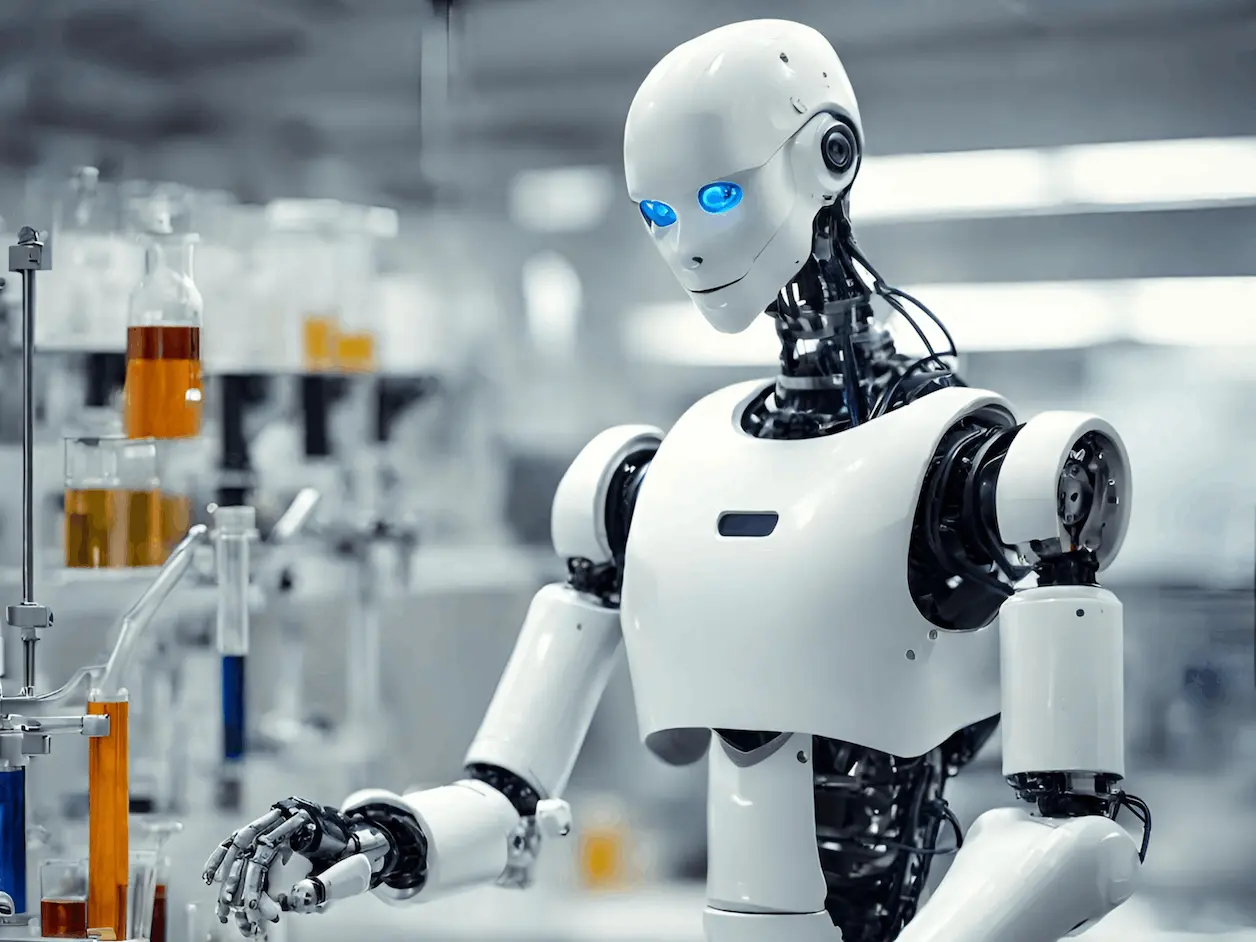Scientists at Carnegie Mellon University have unveiled a breakthrough artificial intelligence system called Coscientist that can independently design and execute complex chemistry experiments at the touch of a button. The system aims to accelerate discoveries across scientific domains by leveraging the raw reasoning power of models like GPT-4.
Coscientist combines natural language processing prowess with tools enabling web search, documentation query, code execution, and links to automation instrumentation. After users provide a simple text prompt like “perform Suzuki coupling reactions optimizing for yield,” the AI assistant begins planning the multi-step procedures required.
The system architecture ties together modules accessing external knowledge to empower the core algorithm. This central component operates much like ChatGPT, iterating on solutions through natural conversation. Coscientist’s innate language skills allow to assimilate both textual and experimental results to tackle complex research problems.
A Swiss Army Knife of AI-Assistance for Science
Coscientist’s modular design enables tapping specialized AI skills for particular sub-tasks before funneling insights back into the central planning unit. For instance, the system can leverage other natural language models to search documentation or even generate code to then run experiments.
Four main components provide functionality:
- Web Search – queries pages like Google to retrieve background information
- Code Execution – runs computations in isolated containers
- Documentation – scans manuals to construct experimental methods
- Experimentation – controls automation systems to collect data
This framework integrates previously disjoint approaches ranging from in-silico experimentation to robotic lab assistants. Early testing shows Coscientist’s versatility, spanning organic synthesis planning, liquid handling, and analyzing reactant datasets to optimize future trials.
Game-Playing Experiments Demonstrate Chemical Reasoning
The researchers assessed Coscientist’s capabilities via two chemistry “game” scenarios. Both involved tweaking combinations of materials and conditions over multiple rounds to maximize the yield for target reactions.
The first game optimized Suzuki–Miyaura coupling performance which is important in drug discovery, given choices of ligands, solvents, and other variables. The second did the same for Buchwald-Hartwig’s reactions. Coscientist aimed to beat Bayesian optimization algorithms and even human experts through smarter iterative experiment selection.
Analysis showed the AI player efficiently extracted insights from prior outcomes to guide future moves. Unlike traditional optimization methods, language model-based strategies quickly zoomed in on promising recipes. The approach even worked when having to reason purely from molecular structure diagrams rather than named chemicals.
Coscientist achieved over 90% optimal yield for both reaction datasets by the final round. Researchers call this a compelling demonstration of embodied scientific learning akin to how human labs operate.
Envisioning the Future of AI-Accelerated Research
The team believes Coscientist inaugurates a new era in computational experimentation. Prior automation technology had already enabled running trials 24/7 but still required human oversight on design. This AI advance removes that bottleneck, too.
By democratizing access to what tools like GPT-4 can offer science, the creators hope to supercharge discovery across domains like materials, energy, and healthcare. Experimental budgets that, once constrained, explore creative ideas may no longer apply.
However, developers also caution that releasing such dual-use capacity necessitates diligence around safety and ethics. While clearly conveying cautions against misuse, they convey optimism that responsible AI guidance will unlock life-changing innovation.
The following steps include enhancing how well the Coscientist interprets and represents uncertainty when working with real-world instrumentation. Additional testing across scientific subfields will further benchmark capabilities and limitations.
Conclusion
Nonetheless, this research unequivocally signals that AI-run labs are transitioning from fiction to fact. The supporting code and documentation also lower barriers for others to build upon this concept. With models continuously improving, machines designing and running experiments increasingly look to transform from bleeding edge to standardized practice.
Story Source: Reference Paper | Reference Article
Learn More:
Dr. Tamanna Anwar is a Scientist and Co-founder of the Centre of Bioinformatics Research and Technology (CBIRT). She is a passionate bioinformatics scientist and a visionary entrepreneur. Dr. Tamanna has worked as a Young Scientist at Jawaharlal Nehru University, New Delhi. She has also worked as a Postdoctoral Fellow at the University of Saskatchewan, Canada. She has several scientific research publications in high-impact research journals. Her latest endeavor is the development of a platform that acts as a one-stop solution for all bioinformatics related information as well as developing a bioinformatics news portal to report cutting-edge bioinformatics breakthroughs.















